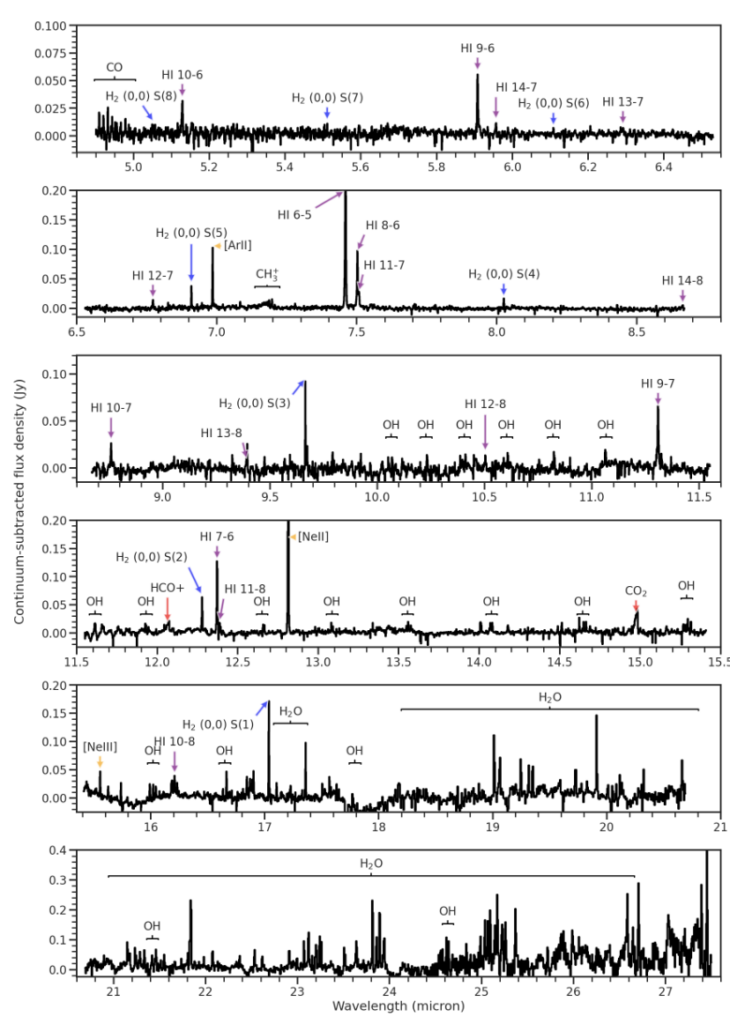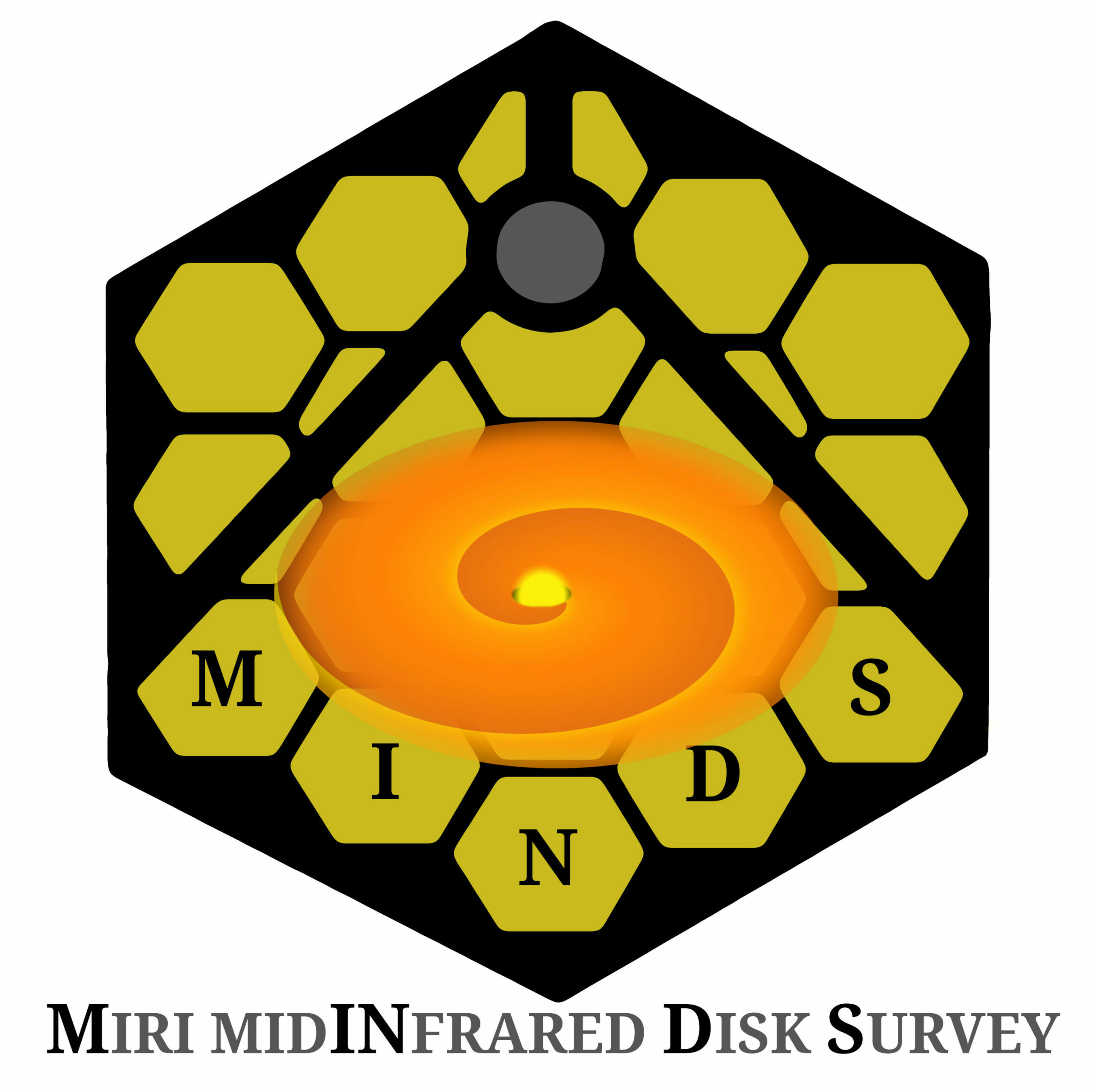
The study of protoplanetary disks has become increasingly important with the Kepler satellite finding that exoplanets are ubiquitous around stars in our galaxy and the discovery of enormous diversity in planetary system architectures and planet properties. High-resolution near-IR and ALMA images show strong evidence for ongoing planet formation in young disks. The JWST MIRI mid-INfrared Disk Survey (MINDS) aims to (1) investigate the chemical inventory in the terrestrial planet-forming zone across stellar spectral type, (2) follow the gas evolution into the disk dispersal stage, and (3) study the structure of protoplanetary and debris disks in the thermal mid-IR. The MINDS survey will thus build a bridge between the chemical inventory of disks and the properties of exoplanets. The survey comprises 52 targets (Herbig Ae stars, T Tauri stars, very low-mass stars and young debris disks). We primarily obtain MIRI/MRS spectra with high S/N (~100-500) covering the complete wavelength range from 4.9 to 27.9 micron. For a handful of selected targets we also obtain NIRSpec IFU high resolution spectroscopy (2.87-5.27 micron). We will search for signposts of planet formation in thermal emission of micron-sized dust – information complementary to near-IR scattered light emission from small dust grains and emission from large dust in the submillimeter wavelength domain. We will also study the spatial structure of disks in three key systems that have shown signposts for planet formation, TW Hya and HD 169142 using the MIRI coronagraph at 15.5 micron and 10.65 micron respectively and PDS70 using NIRCam imaging in the 1.87 micron narrow and the 4.8 micron medium band filter.
Scientific article:
MINDS: the JWST MIRI Mid-INfrared Disk Survey. By: T. Henning et al. In: Publications of the Astronomical Society of the Pacific [original, preprint]
